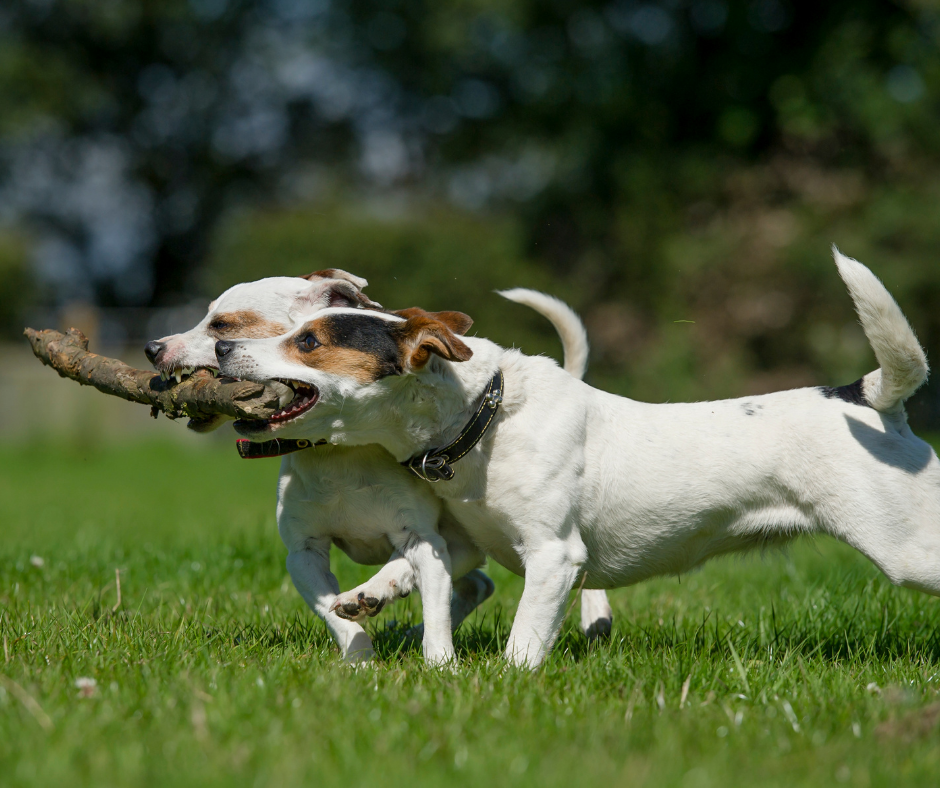Teamwork As A Trainer: Knowing Your Broader Team
Written by Lauren Tsao, MS, CDBC, CPDT-KA
Recently, I enrolled in a Master’s program at Virginia Tech to complete my OMALS degree with a concentration in Applied Animal Behavior and Welfare. One of my classes is called Leading Teams Through Change and we have been reading Keith Ferrazzi’s book, Leading Without Authority (2020) for our assigned readings. So far, this book has given me many ideas to further my own career, as well as ideas that other professional animal trainers around me could use for their own businesses to further their relationship with their students and their animals too. One of the first quotes from Part One (page 19) of the book is from Mindy Grossman, CEO of WW International, who states, “Position does not define power —impact defines power.” I find this quote to be overwhelmingly true in animal training as we often see arguments about whether or not to “dominate” animals during training. Therefore we see many students who also believe their job as animal owners are to make the animal feel smaller and lower on the food chain than themselves to become the “pack leader”. However, this doesn’t a good leader make.
We also see this mindset that many of us professionals have held for many years before crossing over to kinder methods with animals, still, showing up in our student relationships. For example, if you post in support groups for trainers about difficult human students, you will often be met with suggestions to “put your foot down” or just simply ask the student to not return to class at all. You can see the same suggestions for dealing with any other animal professionals in contact with our animal students using techniques we disapprove of. Humans seemingly tend to deal with difficult situations with punishment and corrections at the forefront. However, Ferrazzi’s book, Leading Without Authority (2020), does a wonderful job of summing up in the Rule One: Who’s On Your Team?, that we need to consider we are solely responsible for understanding and leading a much broader team than what we would normally consider our formal team (Ferrazzi, 2020). So, what does that mean exactly? It means that some of us (myself included), often forget that it isn’t just us and the dog in front of us on our team. The dog’s owner, vet, vet behaviorist, doggie daycare, pet sitter, and anyone else interacting with the animal on a semi-usual basis is on our broader team. We must consider if what they are doing is working for us or against us and how we can extend what Ferrazzi describes as “care, concern, commitment, and camaraderie” to everyone on our broader team to accomplish our common goal; a happy, healthy animal the owner can live with (Ferrazzi, 2020).
The moral of the story is this; we can’t go to bat for our formal team (the owner and the animal) by eliminating any teammates on our own broader team that simply have a different perspective than ourselves just because they think differently. We need to try to communicate first and foremost. We are after all, as a team much stronger when we are diverse in our views. Interactions with all parts of our team (even the broader parts) must be handled with care and concern. We shouldn’t throw the baby out with the bath water and we should use any disagreements as a way to build bridges, not burn them. We can’t force others into compliance by attempting to be the “alpha dogs”. A much gentler approach where we listen to all input and then speak up about our ideas and concerns tends to work much better and get all teammates on the same page. What this is teaching me is that I can work with these extended parts of our team by opening communication with them directly and maybe explaining the situation in a way my student is unable to. We are allowed to bring all these teammates together and I have found in cases in which I do so, we accomplish amazing results in a much shorter time frame - and make friends with several people to add to my reference list!
References:
Ferrazzi, K. (2020). Leading without authority. New York: Currency



